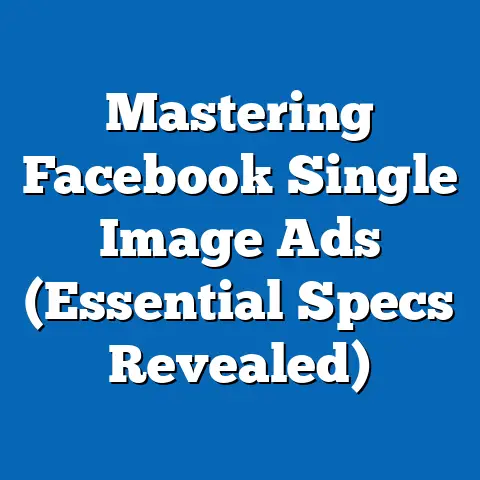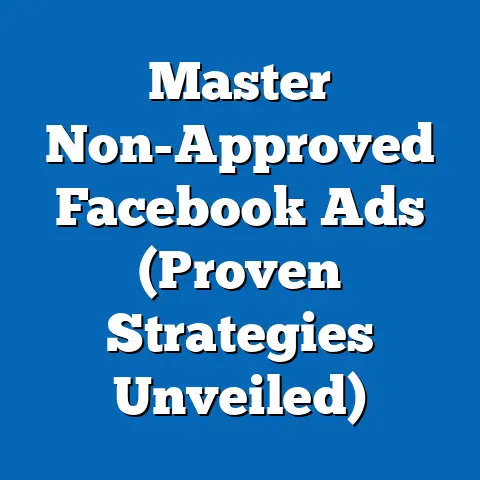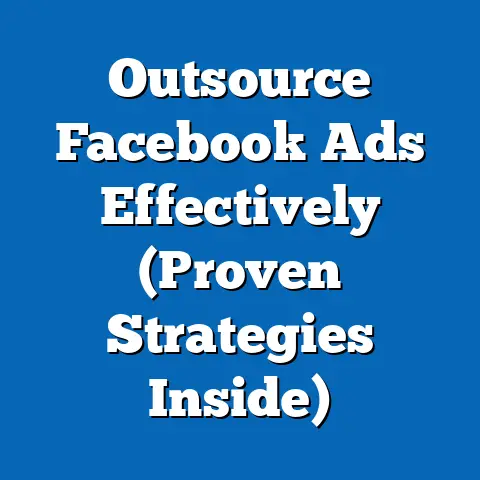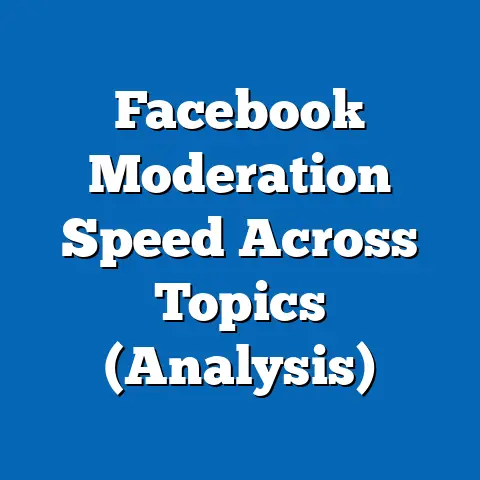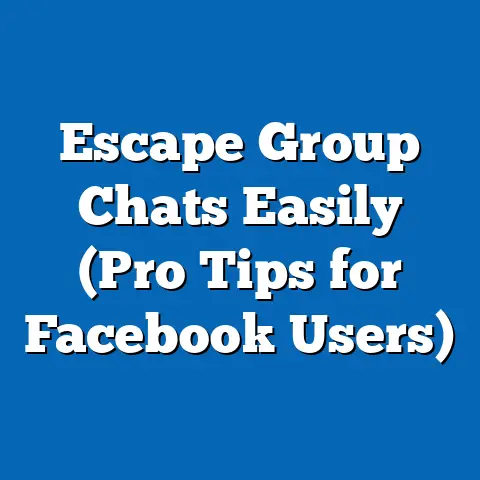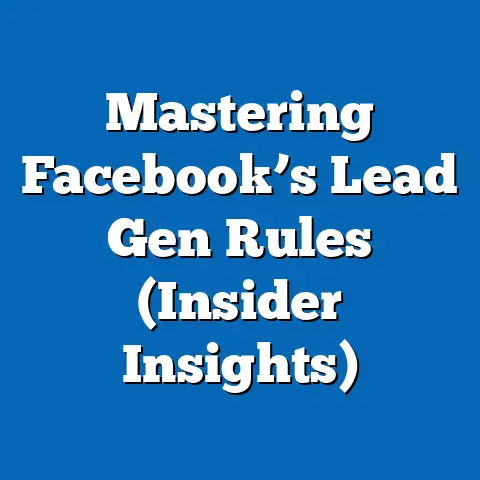Boost Engagement with Text Image Facebook Ads (Pro Tips)
Boost Engagement with Text Image Facebook Ads: Pro Tips for Success
I want you to picture this: a cozy, local café, brimming with customers laughing and chatting over steaming cups of coffee. The owner, Sarah, is beaming. Just weeks ago, her café was struggling to attract new customers. But then, she decided to give Facebook ads a try. She created a simple yet captivating text image ad showcasing her signature latte art, paired with a short, inviting message. The result? A flood of new faces, a buzzing atmosphere, and Sarah constantly refreshing her Facebook Ads Manager to see the climbing engagement rates. That’s the power of effective text image ads, and I’m here to show you how to harness it.
Understanding the Power of Text Image Ads
Text image ads on Facebook are a powerful combination of visual appeal and concise messaging. They’re essentially advertisements that integrate both text and an image to capture the attention of your target audience and convey a specific message. Think of them as a modern-day billboard, but one that’s tailored to the interests and preferences of the people most likely to become your customers.
Why Text Image Ads Matter
In today’s fast-paced digital world, attention spans are shorter than ever. People are bombarded with information from all directions, making it challenging to stand out from the crowd. Text image ads offer a solution by presenting information in a visually appealing and easily digestible format. They can communicate your brand’s message quickly and effectively, making them ideal for capturing attention and driving engagement.
Here’s why they’re so effective:
- Visual Appeal: Images are processed much faster than text, grabbing attention instantly.
- Concise Messaging: Limited text forces you to be clear and impactful.
- Brand Storytelling: Images and text combined can tell a compelling story about your brand.
- Versatility: They work across various industries and campaign objectives.
Statistics Speak Volumes
Don’t just take my word for it; the numbers don’t lie. According to recent studies, visual content is 40 times more likely to be shared on social media than other types of content. Specifically, Facebook posts with images see 2.3 times more engagement than those without. Moreover, ads with relevant images generate 27% more conversions.
These statistics highlight the immense potential of text image ads to drive engagement and achieve your marketing goals. By leveraging the power of visuals and concise messaging, you can capture the attention of your target audience, communicate your brand’s message effectively, and ultimately drive conversions.
Takeaway: Text image ads are a potent tool for capturing attention and driving engagement on Facebook. Understanding their importance and potential is the first step towards creating successful campaigns.
Crafting the Perfect Text Image Ad
Creating a high-performing text image ad is an art and a science. It requires a keen understanding of your target audience, a creative eye for design, and a knack for crafting compelling copy. Here’s how to master each element:
The Visual Element: Choosing the Right Image
The image is the first thing people will see, so it needs to be eye-catching and relevant. Here’s what I’ve learned over the years:
- High-Quality Matters: Always use high-resolution images. Blurry or pixelated images scream unprofessionalism.
- Relevance is Key: The image should directly relate to your product, service, or offer.
- Emotionally Evocative: Images that trigger positive emotions tend to perform better.
- Industry Specifics:
- Food: Mouth-watering photos of your dishes.
- Fashion: Stylish models showcasing your clothing.
- Travel: Breathtaking landscapes of your destinations.
- Tech: Sleek, modern designs of your gadgets.
- Food: Mouth-watering photos of your dishes.
- Fashion: Stylish models showcasing your clothing.
- Travel: Breathtaking landscapes of your destinations.
- Tech: Sleek, modern designs of your gadgets.
For example, a local bakery might use an image of a freshly baked croissant with glistening butter, while a fitness studio could showcase a before-and-after transformation.
Engaging Ad Copy: Words That Convert
- Clarity is King: Get straight to the point. What are you offering, and why should people care?
- Highlight Benefits: Focus on the benefits of your product or service, not just the features.
- Use Strong CTAs: Tell people exactly what you want them to do (e.g., “Shop Now,” “Learn More,” “Sign Up”).
- Keep it Concise: Facebook has character limits for a reason. Use every word wisely.
- Emotional Appeal: Use language that resonates with your audience’s desires, fears, or aspirations.
For instance, instead of saying “Our coffee is made with Arabica beans,” try “Start your day with the rich, smooth taste of our premium Arabica coffee.”
Branding: Consistency is Key
Your text image ads should be instantly recognizable as belonging to your brand. This means:
- Consistent Colors: Use your brand’s color palette.
- Consistent Fonts: Stick to your brand’s typography.
- Logo Placement: Include your logo in a subtle but visible location.
- Brand Voice: Maintain a consistent tone and style in your ad copy.
Balancing Text and Imagery: Facebook’s 20% Rule
Facebook used to enforce a strict 20% text rule, limiting the amount of text that could appear in your ad image. While this rule has been relaxed, it’s still a good idea to keep your text concise and visually appealing. Facebook’s algorithm still favors ads with less text, so aim for a balanced composition.
Takeaway: Crafting the perfect text image ad requires a strong visual element, engaging ad copy, consistent branding, and a balance between text and imagery.
Targeting Your Audience for Maximum Impact
Creating a stunning text image ad is only half the battle. To truly maximize its impact, you need to target the right audience. This means understanding your ideal customer and leveraging Facebook’s powerful targeting options to reach them.
Identifying Your Ideal Customer
Before you start creating your ad, take some time to define your ideal customer. Consider:
- Demographics: Age, gender, location, education, income.
- Interests: Hobbies, passions, activities.
- Behaviors: Online habits, purchase history, device usage.
- Pain Points: What problems are they trying to solve?
- Aspirations: What are their goals and dreams?
For example, if you’re selling organic baby food, your ideal customer might be parents aged 25-45 who are interested in health, wellness, and natural products.
Leveraging Facebook’s Targeting Options
Facebook offers a wide range of targeting options to help you reach your ideal customer. These include:
- Demographic Targeting: Target users based on age, gender, location, education, and more.
- Interest Targeting: Target users based on their interests, hobbies, and activities.
- Behavioral Targeting: Target users based on their online habits, purchase history, and device usage.
- Custom Audiences: Upload your own customer data to create targeted audiences.
- Lookalike Audiences: Create audiences that are similar to your existing customers.
Audience Insights: Digging Deeper
Facebook Audience Insights is a powerful tool that provides valuable data about your target audience. It can help you:
- Understand Demographics: See the age, gender, location, and education of your target audience.
- Discover Interests: Identify the top interests and pages that your audience likes.
- Analyze Behaviors: See the online habits and purchase history of your audience.
- Refine Your Targeting: Use the insights to refine your targeting options and improve your ad performance.
Successful Audience Segmentation Strategies
Here are a few examples of successful audience segmentation strategies:
- Location-Based Targeting: Target users within a specific radius of your business.
- Interest-Based Targeting: Target users who are interested in specific topics related to your product or service.
- Behavioral Targeting: Target users who have recently made a purchase in your category.
- Custom Audiences: Target users who have visited your website or are on your email list.
- Lookalike Audiences: Expand your reach by targeting users who are similar to your best customers.
Takeaway: Targeting the right audience is crucial for maximizing the impact of your text image ads. Use Facebook’s targeting options and Audience Insights to reach your ideal customer and improve your ad performance.
A/B Testing for Optimization
Even the most well-crafted text image ads can benefit from A/B testing. This is the process of comparing two versions of an ad to see which one performs better. By systematically testing different elements of your ad, you can identify what resonates most with your audience and optimize your campaigns for maximum engagement.
The Concept of A/B Testing
A/B testing, also known as split testing, involves creating two versions of an ad (A and B) that are identical except for one element. You then show both versions to your target audience and track which one performs better based on key metrics like click-through rate (CTR), engagement rate, and conversion rate.
How to Conduct A/B Tests
Here’s a step-by-step guide to conducting A/B tests on your text image ads:
- Choose an Element to Test: Select one element of your ad to test, such as the image, headline, body text, or call to action.
- Create Two Versions: Create two versions of your ad (A and B) that are identical except for the element you’re testing.
- Set Up Your Campaign: Create a new Facebook ad campaign and set your targeting options and budget.
- Run Your Ads: Run both versions of your ad simultaneously for a set period of time.
- Track Your Results: Monitor the performance of both ads based on key metrics like CTR, engagement rate, and conversion rate.
- Analyze Your Data: Analyze the data to determine which version of the ad performed better.
- Implement the Winner: Implement the winning version of the ad in your campaign.
- Repeat the Process: Continue A/B testing different elements of your ad to further optimize your performance.
Elements to A/B Test
Here are some elements of your text image ads that you can A/B test:
Another business tested two different headlines in their text image ad: one that highlighted the price of the product and another that highlighted the benefits. The headline that highlighted the benefits performed better, resulting in a 20% increase in conversions.
Takeaway: A/B testing is a powerful tool for optimizing your text image ads and improving your campaign performance. By systematically testing different elements of your ad, you can identify what resonates most with your audience and drive maximum engagement.
Analyzing and Adjusting Campaign Performance
Once your text image ads are up and running, it’s crucial to monitor their performance and make adjustments as needed. Analyzing your campaign data can provide valuable insights into what’s working and what’s not, allowing you to optimize your strategy for maximum impact.
Key Metrics to Track
Here are some of the key metrics you should track when measuring the success of your text image ads:
- Click-Through Rate (CTR): The percentage of people who see your ad and click on it. A high CTR indicates that your ad is relevant and engaging.
- Engagement Rate: The percentage of people who interact with your ad (e.g., like, comment, share). A high engagement rate indicates that your ad is resonating with your audience.
- Conversion Rate: The percentage of people who take a desired action after seeing your ad (e.g., make a purchase, sign up for a newsletter). A high conversion rate indicates that your ad is effectively driving results.
- Cost Per Click (CPC): The amount you pay each time someone clicks on your ad. A low CPC indicates that your ad is efficient and cost-effective.
- Return on Ad Spend (ROAS): The amount of revenue you generate for every dollar you spend on advertising. A high ROAS indicates that your ad is profitable.
Interpreting Data from Facebook Ads Manager
Facebook Ads Manager provides a wealth of data about your campaign performance. Here’s how to interpret some of the key metrics:
- Low CTR: Your ad may not be relevant or engaging to your target audience. Try testing different images, headlines, or body text.
- Low Engagement Rate: Your ad may not be resonating with your audience. Try using more emotionally evocative images or language.
- Low Conversion Rate: Your ad may not be effectively driving results. Try using a stronger call to action or optimizing your landing page.
- High CPC: Your ad may not be efficient or cost-effective. Try refining your targeting options or improving your ad quality.
- Low ROAS: Your ad may not be profitable. Try optimizing your campaign for conversions or increasing your budget.
Actionable Tips for Campaign Adjustments
Here are some actionable tips on how to pivot or adjust your campaigns based on performance data:
- Refine Your Targeting: If your ad is not reaching the right audience, try refining your targeting options.
- Improve Your Ad Quality: If your ad is not engaging or converting, try testing different images, headlines, or body text.
- Optimize Your Landing Page: If your ad is driving traffic to your website but not converting, try optimizing your landing page.
- Adjust Your Budget: If your ad is performing well, consider increasing your budget to reach a wider audience. If your ad is not performing well, consider decreasing your budget or pausing the campaign.
- Test New Ideas: Don’t be afraid to experiment with new ideas and strategies. The more you test, the more you’ll learn about what works best for your audience.
Takeaway: Analyzing and adjusting your campaign performance is crucial for maximizing the impact of your text image ads. Use Facebook Ads Manager to track key metrics, interpret the data, and make adjustments as needed to optimize your strategy for maximum engagement and results.
Staying Ahead of Trends in Facebook Advertising
The world of Facebook advertising is constantly evolving, with new features, algorithms, and trends emerging all the time. To stay ahead of the curve and maintain a competitive edge, it’s essential to keep abreast of these changes and adapt your strategies accordingly.
Emerging Trends in Facebook Advertising
Here are some emerging trends in Facebook advertising that could impact text image ads:
- Video Ads: Video ads are becoming increasingly popular and effective. Consider incorporating video into your text image ads to capture attention and drive engagement.
- Augmented Reality (AR) Ads: AR ads allow users to interact with your products in a virtual environment. This can be a powerful way to showcase your products and drive conversions.
- Personalization: Personalization is becoming increasingly important in advertising. Use data to personalize your text image ads and make them more relevant to your target audience.
- Mobile-First Advertising: More and more people are accessing Facebook on their mobile devices. Make sure your text image ads are optimized for mobile viewing.
- AI-Powered Advertising: AI is being used to automate and optimize various aspects of Facebook advertising, such as targeting, bidding, and ad creative.
Keeping Content Fresh and Relevant
To maintain audience interest, it’s essential to keep your content fresh and relevant. This means:
- Regularly Updating Your Ads: Don’t let your ads become stale. Regularly update your images, headlines, and body text to keep them engaging.
- Creating Seasonal Campaigns: Create campaigns that are relevant to specific seasons or holidays.
- Responding to Current Events: Respond to current events or trends in your ads to show that your brand is relevant and aware.
- Incorporating User-Generated Content: User-generated content can be a powerful way to add authenticity to your ads and build trust with your audience.
Integrating User-Generated Content
User-generated content (UGC) is content created by your customers or fans, such as photos, videos, or reviews. Integrating UGC into your text image ads can be a powerful way to:
- Add Authenticity: UGC is seen as more authentic than traditional advertising.
- Build Trust: UGC can help build trust with your audience.
- Increase Engagement: UGC can increase engagement with your ads.
- Drive Conversions: UGC can drive conversions by showcasing your products or services in a positive light.
Takeaway: Staying ahead of trends in Facebook advertising is crucial for maintaining a competitive edge. Keep abreast of emerging trends, keep your content fresh and relevant, and consider integrating user-generated content into your text image ads to boost engagement and drive results.
Conclusion: The Road to Engagement Mastery
We’ve covered a lot of ground in this guide, from understanding the power of text image ads to analyzing campaign performance and staying ahead of trends. But the most important takeaway is this: mastering text image Facebook ads is not just about following a set of rules or guidelines. It’s about understanding your audience, being creative, and constantly testing and optimizing your strategies.
I encourage you to put these pro tips into action and view text image Facebook ads not just as a marketing tool, but as a powerful means to connect with your audience, drive engagement, and ultimately grow your business. Remember that with creativity and strategy, you can craft ads that not only capture attention but also foster lasting relationships with your customers.
So, go out there and create some amazing text image ads that captivate your audience and drive real results. The road to engagement mastery awaits!

